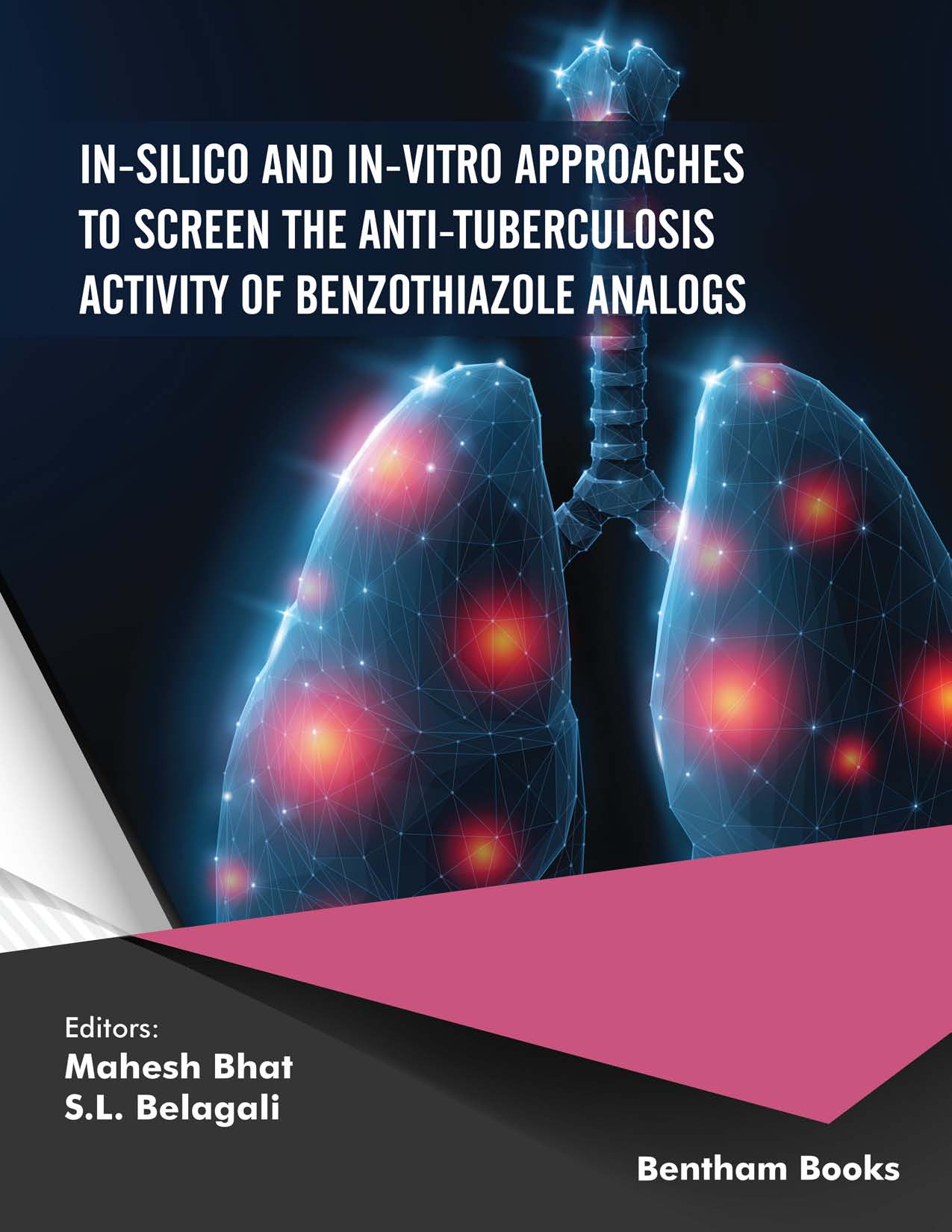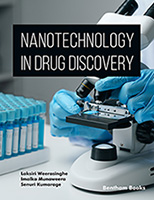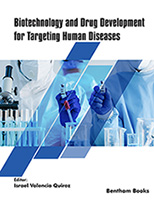Tuberculosis (TB) continues to have a remarkable impact on human healthcare worldwide, even though availability of anti-tubercular treatment (ATT) from the last five decades. The worldwide statistical data on tuberculosis was surprised to know that, nearly one-third of the world population is infected with tuberculosis and newly 1% of the population of each year adds to this number and also causes about 1.7 million deaths every year. Tuberculosis is an infectious disease spread by the Mycobacterium tuberculosis, a small, aerobic, nonmotile bacillus, which divides every 16 to 20 hours, it is a extremely slow rate compared with the other bacteria. Whatever drugs used for the treatment of tuberculosis diseases were developed in the mid of last century. There is need of more advanced treatment of TB because changes in the environmental conditions, genetic modification in human beings and also in tuberculosis species which influences the medication procedure and also treat the multi drug resistance bacteria.
In the earlier days, natural substances were used for their nutritional value and also for the treatment of diseases. We can use the traditional medicines to cure the various diseases, but it has some limitations viz, purification difficulties from the raw source, difficult to get in large quantity etc. From the 19th century, new methods were used for the treatment of diseases with synthetic drugs, modification of the natural products through the synthetic process adopted for the synthesis of useful semi synthetic drugs. The improvement in the life style has been greatly influenced by the advancement in the field of medicinal chemistry, the useful applications of life surviving medicines makes much advanced inventions in the field of synthetic chemistry.
Now-a-days computer aided applications i.e. in-silico tool is the modern trend of application in the drug designing investigations, which gives the idea regarding how synthetic compound interact with particular protein and mechanism of action. In-silico tool is also helpful to relate the structure and activity of particular series of the organic molecules. To know the molecular interaction with protein, here discussed the molecular docking study enoyl acyl carrier reductase (InhA) of M. tuberculosis (PDB ID: 1ZID) and decaprenyl phosphoryl-D-ribose oxidase (DprE1), (PDB ID: 4FDO).
In this book we have made an attempt to search the alternate drug molecule for the substituent. Here we have taken the benzothiazole moiety and elucidate the Quantitative structural activity relationship, in-silico computer aided drug design for the tuberculosis and followed by the in-vitro methods for analysis. In the first chapter of the book we have briefly explained the importance of the benzothiazole moiety in the medicinal chemistry and corresponding QSAR study. Second chapter covers the structural activity relationship models, in-silico and in-vitro procedure for the tuberculosis drugs. In this section, briefly explained various concepts regarding tuberculosis, causes, symptoms and present treatment. In the later chapters covers the synthesis, anti-TB activity of the benzothiazole derivatives such as, benzothiazole diamide, benzothiazole guanidinyl derivatives, benzothiazole conjugated pyrazole derivatives and benzothiazole azo-ester derivatives.
This hand book gives the information regarding TB diseases, methods of in-silico and in-vitro for anti-tuberculosis and importance of the benzothiazole in TB regime. Totally this book is suitable for, those who are interested in discovering the tuberculosis drug, researcher and post graduate students.
I am thankful to the efficient team of Bentham Science Publishers especially, Humaira Hashmi, In-charge Book Department, Editorial Manager Publications and his team valuable suggestions during the construction of this book.
Mahesh Bhat
JSS College for Women
Mysore, India





